Date: 3 March 2006
He was fascinated by the sight of a plate floating on water and wondered whether the principle could be applied to glass making.
Seven years later in 1959 it was. Instead of a floating plate he produced a ribbon of glass by floating the raw materials at higher temperature over a bath of molten tin.
The end product was more economical, high class glass for shop windows, cars and mirrors without the distortions. Development costs of £7m (£80m in today's money) almost broke Pilkington.
It took four years before float glass became profitable but the production technique revolutionised the industry. Pilkington was provided with a world-lead and profitable platform for growth although the decision to swiftly licence the technology to provide income and deter rivals from improving the technique robbed the company of a bigger return.
Pilkington historians feel there is an apocryphal element in the contribution of the washing bowl to the prosperity of the business but alas there are no more Pilkingtons to be found now in a company that made its mark on a town and an industry.
The link was forged in 1826 when three families in St Helens, a Lancashire town almost permanently engaged in escaping from the clutches of Liverpool, formed St Helens Crown Glass. The Bromilows, Greenalls and Pilkingtons were the power brokers in the town.
The Pilkingtons stayed the course, maintaining a link until 1995 when Sir Antony Pilkington, last of the line, handed over the chairmanship to Sir Nigel Rudd.
In the interim St Helens had become a company town and Pilkington a power in the world of glass. Sales are now running at more than £2.4 billion a year and the business employs 23,800 (60,000 at peak) with outlets in 130 countries, 15pc of world float glass capacity and Nippon Sheet Glass among its licencees and partners.
Pilkington, floated in 1970, has endured a rocky and uncomfortable relationship with the City and investors more interested in performance and profits than technical achievements.
The company successfully mobilised employees and parliamentary opposition to fight off a hostile bid by BTR in 1986. This time round the defences or sentiment is not as strong.


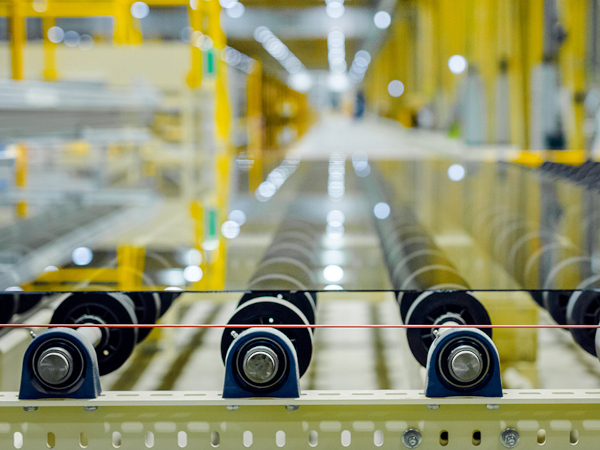
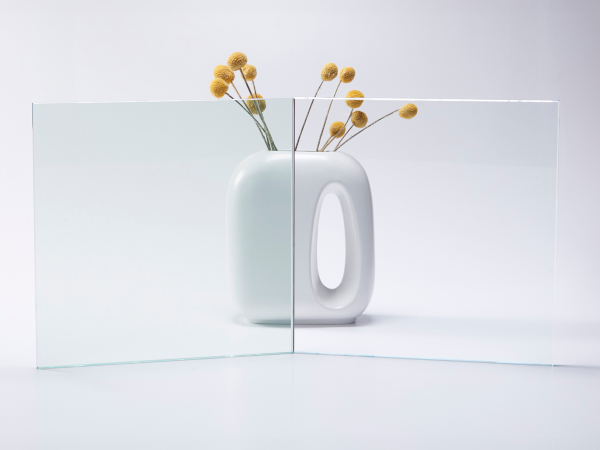


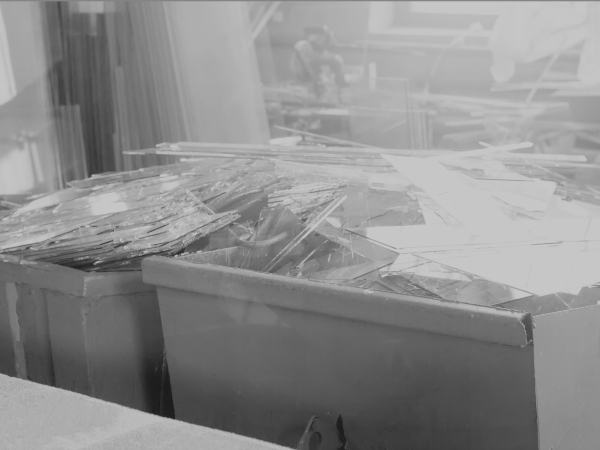






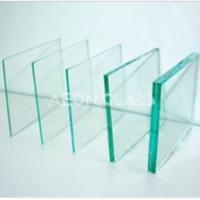
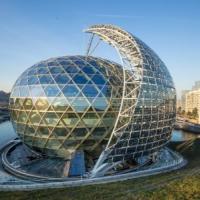
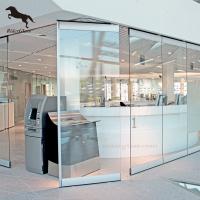

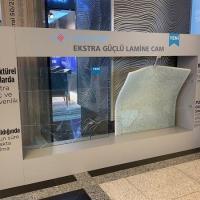

Add new comment